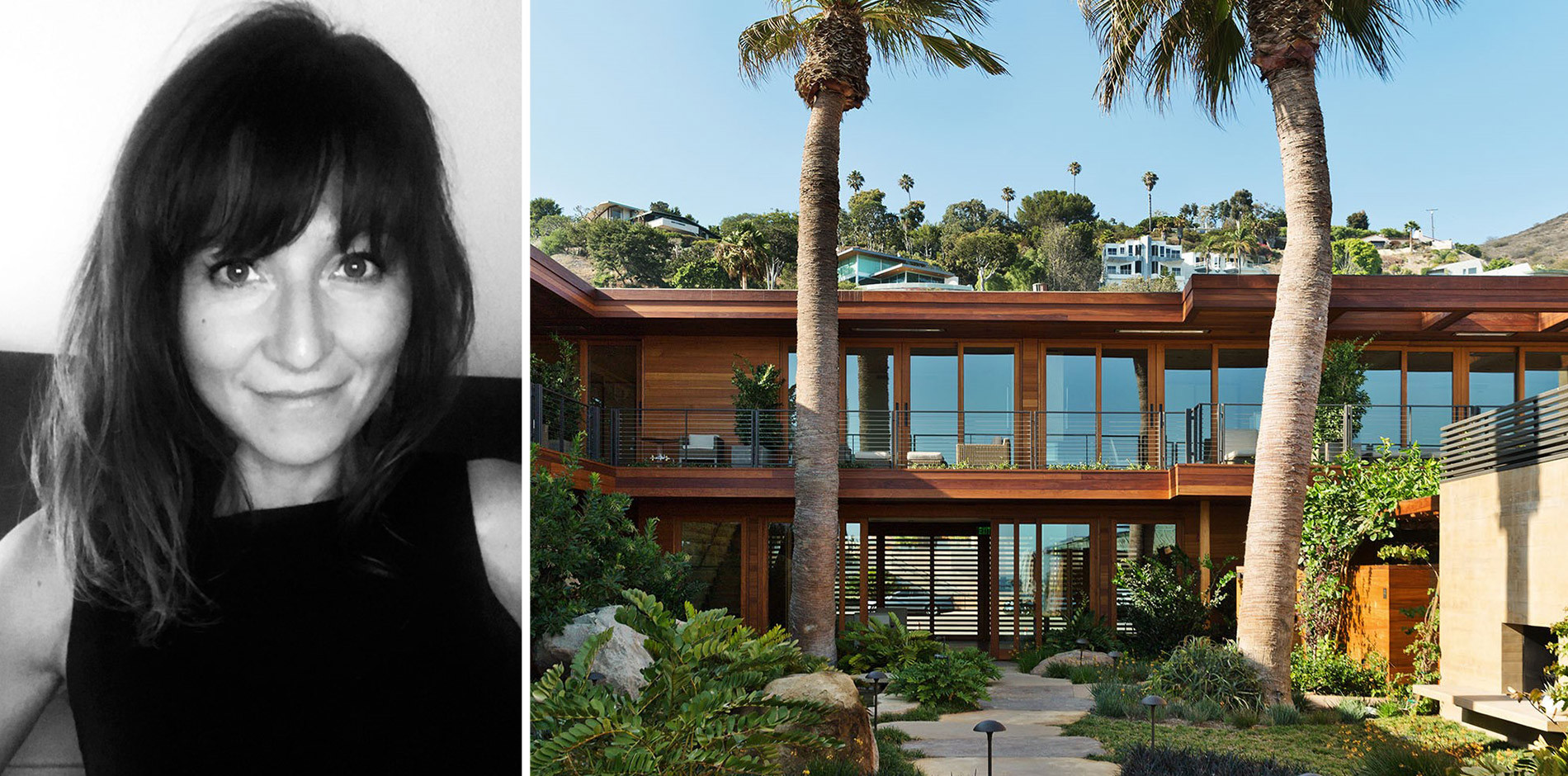Left: Severine Tatangelo. Right: Nobu Ryokan, which Studio PCH and Shawmut collaborated on.
Severine Tatangelo, Principal, Studio PCH
1. Where do you typically find inspiration?
When trying to find inspiration, I typically start by researching and analyzing the site—understanding the parameters of the project and its location. Designing in context is key, which is why we spend a lot of time understanding who we are designing for, and where.
For example, for recording studios we're currently designing in Santa Monica, most of our initial research went into the recording company, the artists they usually record with, and the neighborhood. We aren't just designing a recording studio, we are designing a studio for a specific company who records specific artists and in a specific neighborhood. Specifics are key. The context is key.
Another source of inspiration will always be the masters of architecture—we have a significant library at Studio PCH. While there's a lot a simple internet search can provide on current trends, we always find ourselves going back to the masters.
2. What is your favorite part of the project lifecycle?
Every single part of a project's lifecycle has its rewards, as well as its frustrations. The design phase is where you get to be the most creative and push your own limits, and are faced by challenges—by the site, budget, and client's requirements. As a designer, this phase is always the best part.
Turning your initial concept into something real during design development is an incredibly gratifying experience. You collaborate with different consultants to make your vision, and your client's, a reality. When everyone joins forces and pushes each other's limits as a team, that's when the magic happens.
Finally, construction is always rewarding as you get to see your design actually being built; an abstract idea becomes a real place. I will never forget taking my friend to the Nobu Malibu site, where she told me how lucky I was to have my idea come to life.
3. What led you to work in design?
I don't have any architects in my family, but most of my family members worked in construction. My father was a plumber, and my parents—along with the help of other family members—built our home when I was five years old. I remember going to the site every weekend and being in awe as I watched them build walls in thin air only using concrete blocks! This was a life-changing experience for me, seeing that something could be built out of nothing but simple materials.
On another end, I've always liked to draw. The only art school project I remember from junior high was when we were asked to draw our dream house. I put all my creativity into this project, and ended up drawing a round house! I think that's the moment that started my journey as an architect and pushed me to pursue those studies.
4. What’s one of the most challenging aspects of design and how do you face it?
In all projects, there's always that one moment where the design stalls. It's always the same: you've been working for months on a design along with your team and client, and at some point, everything stops. The only way to face it, is to face it—you objectively look at your design and pick everything that works, eliminate the fat, and go back to the basics and to the masters of architecture. As a team, you figure it out. Why? Because there’s no other option.
5. What’s key to effectively collaborating on a project?
Communication, 100%. It always comes down to communication. As a designer and an architect, you are not a single entity. You are part of a team, and you need to communicate with all components of your team. Whether it's with your employees to deliver clear design directions, with your clients to keep them updated (on both good and bad news), or with your GC to review and adapt the budget and schedule, clear messages and realistic expectations are key.
